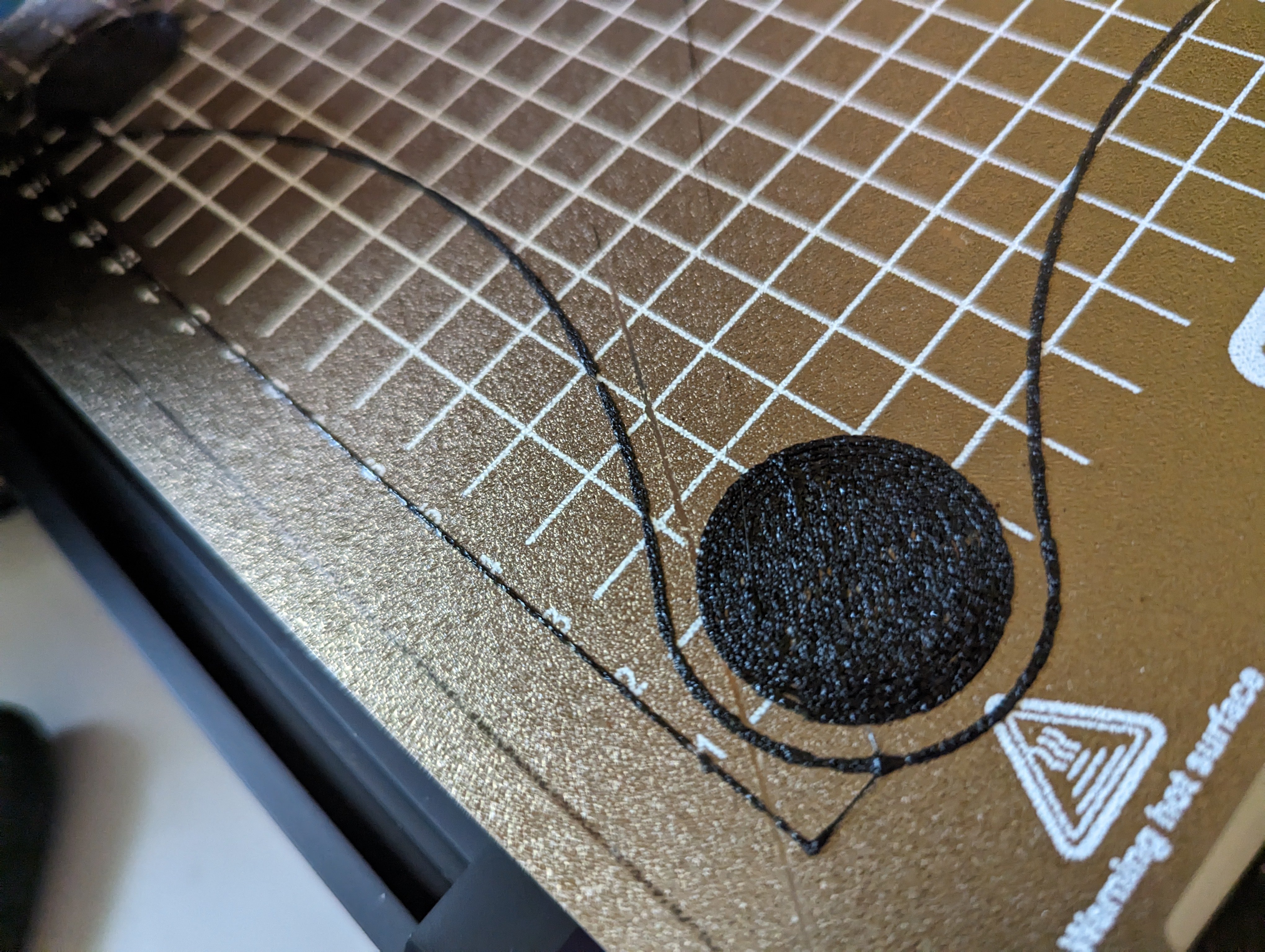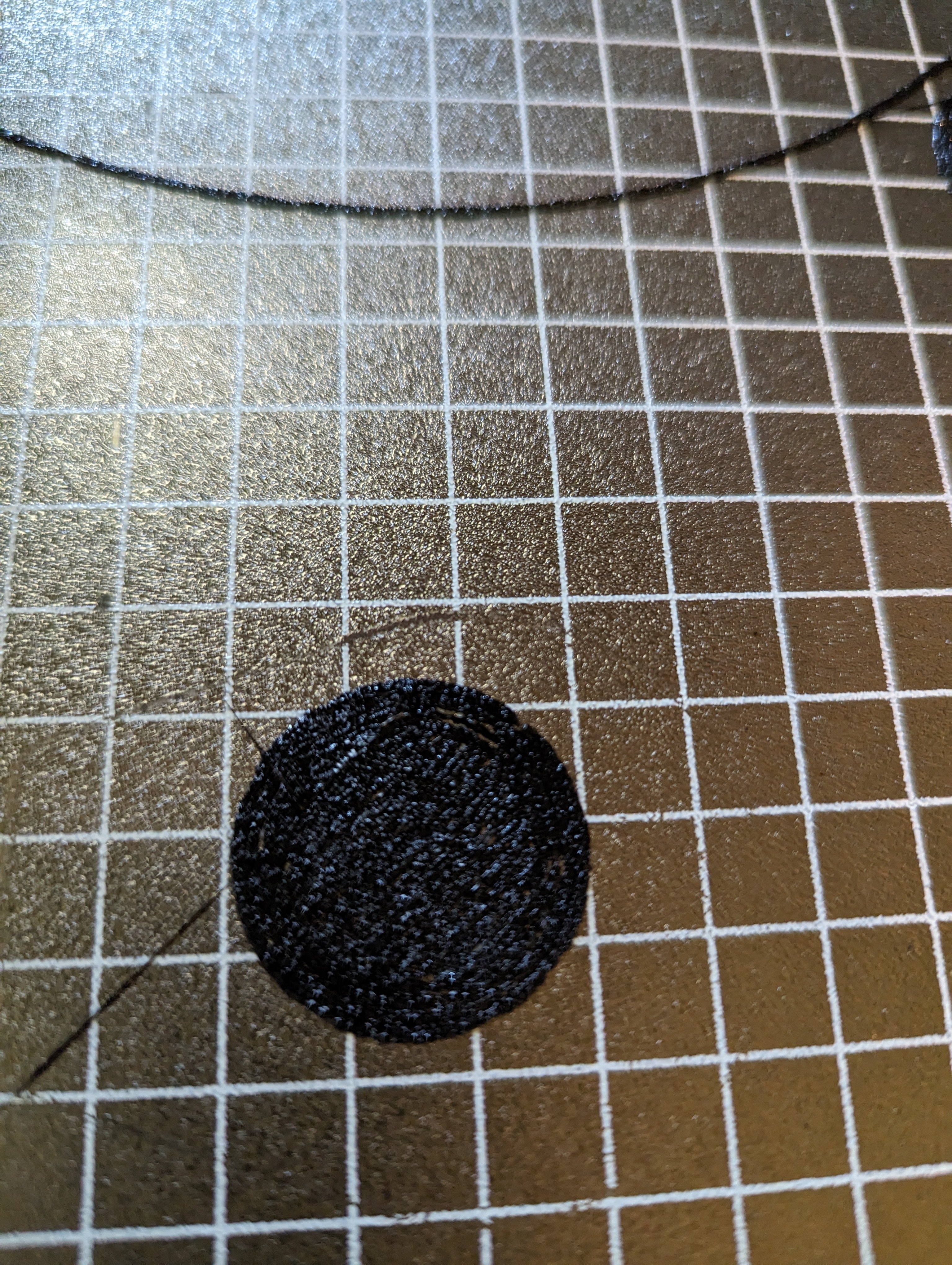3DPrinting
3DPrinting is a place where makers of all skill levels and walks of life can learn about and discuss 3D printing and development of 3D printed parts and devices.
The r/functionalprint community is now located at: or [email protected]
There are CAD communities available at: [email protected] or [email protected]
Rules
-
No bigotry - including racism, sexism, ableism, homophobia, transphobia, or xenophobia. Code of Conduct.
-
Be respectful, especially when disagreeing. Everyone should feel welcome here.
-
No porn (NSFW prints are acceptable but must be marked NSFW)
-
No Ads / Spamming / Guerrilla Marketing
-
Do not create links to reddit
-
If you see an issue please flag it
-
No guns
-
No injury gore posts
If you need an easy way to host pictures, https://catbox.moe may be an option. Be ethical about what you post and donate if you are able or use this a lot. It is just an individual hosting content, not a company. The image embedding syntax for Lemmy is 
Moderation policy: Light, mostly invisible
view the rest of the comments


Looks like wet filament to me, TPU really loves moisture so storing it in a dry box is necessary.
If you do go to dry your filament use a dehydrator (food or filament) not your oven.
But something I'd check as well is the distance between the bed and the nozzle, just to be sure.
I think you're right! It's extremely humid right now and when I print I'm hearing snaps and crackles. I'm guessing that is the moisture from the filament?
Thanks for the help!
If you can already hear it during normal printing, then yes, it's most likely wet filament. The water trapped inside almost instantly turns into steam inside the nozzle and expands, causing the molten filament to bubble up as the steam escapes.